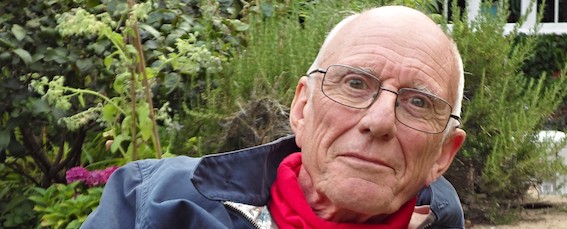War and art on BBC R4’s BH
I had an outing on this Sunday morning show as a paper reviewer (and squibbist on Strictly Come Dancing) and said one thing which may have seemed distasteful. Can I try to put things right here, below the fold?
In effect, I asked where in the modern WW1 artistic commemorations were the ideas of glory and nobility?
Sir Nicholas Kenyon had earlier drawn attention to a piece in the Observer in which Tom Piper said of his poppy installation at the Tower of London (one for each Allied fatality):
“This is not an installation about war, or an illustration of its violence and barbarity; it is about loss and commemoration and has given individuals a unique way to tap back into their own family history and appreciate some of that human cost.”
Sir Nicholas was defending this point of view, and did so – as did Piper – in the face of criticism that the display was “too pretty” to be a proper representation of the horors of war.
There is a lot to be said for the view of Kenyon and Piper, and on BH Sir Nicholas also quite rightly riffed on the way that the installation was a properly popular piece of work.
So far so good. And yet I found myself wanting to press on to an objection that even this defence of the work lacked something. It is a profound disservice to our First World warriors to think of their struggle as significant because it saw battle turn young patriots into veteran pacifists.
At the time, the 1914-18 war enjoyed a degree of popular and elite respect amongst civilians and soldiers – I mean amongst the people who suffered from it most – which is truly remarkable. The men and women of a hundred years ago were not ignorant or stupid or duped. From the first, the war was understood to be a struggle for democratic values and against evil (against, that is, a fascism of force). That is why that generation’s endurance of suffering was glorious. And it is not wrong either to say that the suffering of the Allies was in a far more justfiable cause than that of their enemies.
I do see that on Remembrance Sunday, and in this anniversarial season, it is reasonable to remember the losses of the war. But even so, one might wonder who exactly it is who has cause to grieve for the dead. One might grieve for the death of a parent, whether it ocurred in peace or war (and even so remember to be proud of them and grateful for their patriotic service). But is it really possible to grieve for the death of a grandparent, however they died?
My resistance to the Kenyon-Piper defence of the poppies work is a million miles from the Guardianista attack which occasioned it.
It also chimes, I think, rather well with the analysis by Bryan Appleyard on the refusal of so much modern art criticism and curating to allow a proper role for the numinous. I’ll come to that soon, I hope.


Leave a comment